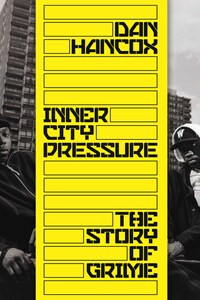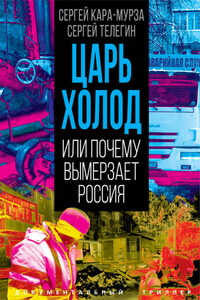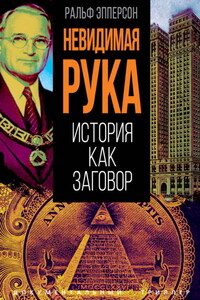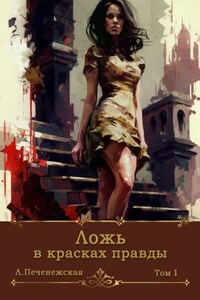It’s dusk on a spring evening in 2003, and the start of something exceptional: the hottest summer in years, a sweltering heatwave lifting temperatures in London above 100 degrees Fahrenheit. But it’s cooler when you’re high up on a rooftop, and windy, so hoods are up and beanies are on. Around 20 members of the legendary east London crews Roll Deep, East Connection, Boyz in da Hood and Nasty Crew are squeezed into a makeshift pirate-radio studio, the occupied box room being used by Deja Vu FM. The average age in the room is about 17. A few hangers-on lean against the walls watching, part-time MCs nodding their heads to the beat, hoping to be given some time on the mic or just there to witness, without realising it, a seminal moment in the history of British music.
On the decks is Roll Deep’s DJ Karnage, who slowly builds momentum with his freshly cut vinyl, exclusive unreleased instrumentals unavailable to the general public, and the mic is passed from MC to MC, each of them spitting their bars over the new dubplates.
The MC line-up ranges from graduates of the jungle and UK garage scenes such as Wiley, Maxwell D, God’s Gift and D Double E – each of them veterans already, by virtue of being in their early twenties – to early grime heroes Demon, Sharky Major and Lady Fury. There’s even a minuscule, half-squeaking, Tinchy Stryder, then only 16 years old.
The event is being filmed for an amateur DVD called Conflict by Troy ‘A Plus’ Miller, who has begged his girlfriend to borrow the camera from her university media department for the summer, to shoot some footage of his mates on the east London pirate-radio scene. Miller, from far-away Hackney, has met Bow boys Wiley, Geeneus and Slimzee in the nineties through their shared love of jungle, and become involved with their station, Rinse FM, Deja Vu’s neighbour and rival. Wiley suggested he come down that day and film at Deja. ‘No one had given me a tip, I wasn’t expecting anything,’ he says.
In its early days grime really was a scene, with its own institutions and infrastructure, friendships and rivalries, independent record labels and shops, as well as the pirate stations. It was also a community, in which the (mostly teenage) MCs and DJs all knew each other: if not from school, from youth clubs or just from hanging around the local area, then through ‘doing music’. Their rejection by the older, more refined, aspirational and grown-up UK garage scene forged a unique camaraderie, and drove the music to new heights of innovation – the competitive bravado forcing MCs to keep writing new, bolder, better lyrics.
Like all pirate stations, Deja Vu FM is by definition illegal, and its secret studio location has been moved regularly to escape the Department for Trade and Industry. In summer 2003, it’s in a grotty whitewashed box room – one window boarded up with chipboard, another blocked out with a bin bag – up on the rooftop of the same building that housed the notorious EQ Club, where numerous seminal UK garage nights took place. ‘Deja was the maddest one,’ MC Shystie says. ‘Because the studio was on a rooftop, and the roof literally had no edge: so if you take one wrong move, you’re dead. We should not have been up there! Because it would be late at night, and dark – so if someone gets pushed, or someone trips and falls back, they’re going to fall off that fucking roof and die. It’s mad when you look back at it now: nowadays the radio stations all look like how 1Xtra looks, all nice and shit – and they’re all in flipping Shoreditch.’








